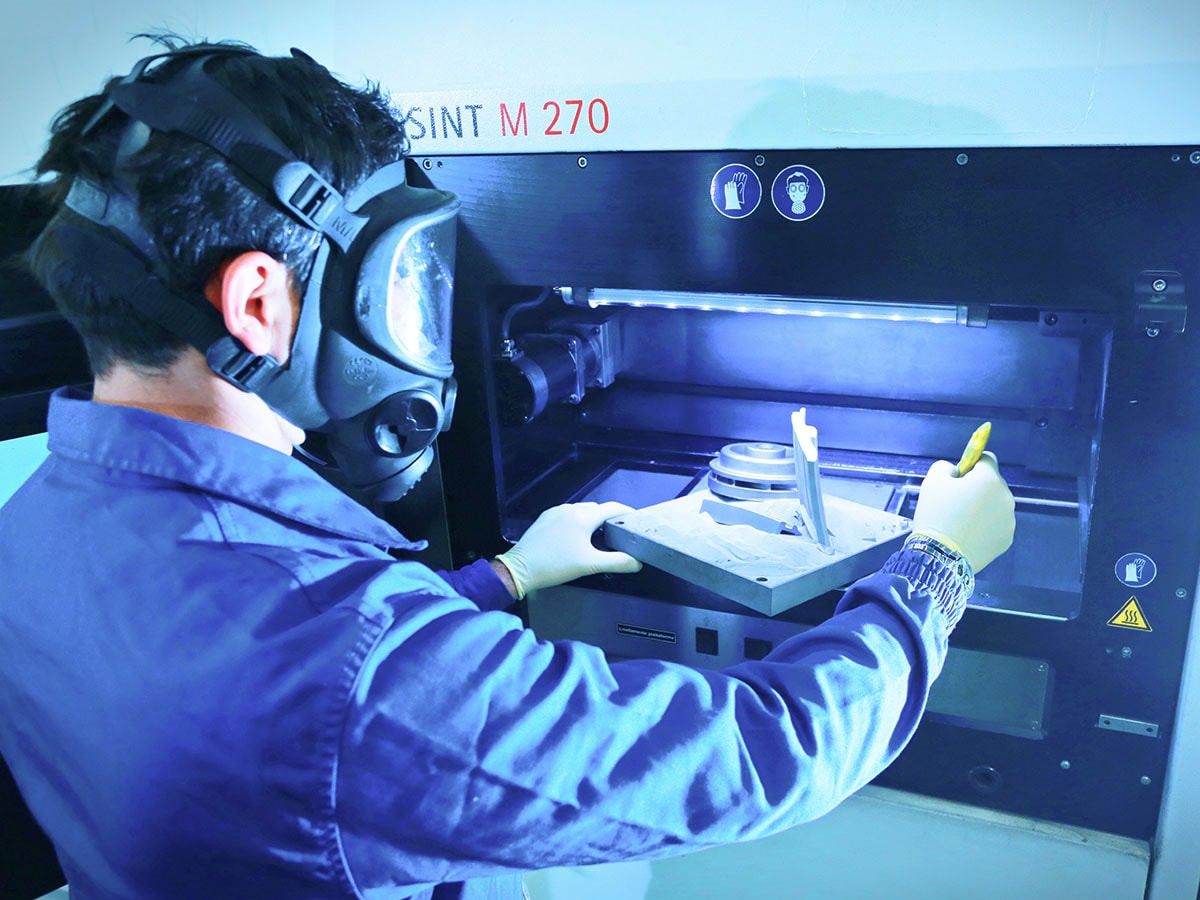
The Pricing Paradox: Unlocking profitability in Manufacturing-as-a-Service
Providers who can offer flexible, nuanced pricing strategies that cater to their service offerings' specific needs and characteristics will not only maximise their profitability but also play a crucial role in shaping the future of flexible, on-demand manufacturing
 Engineer working on metal 3d printer.
Image: Shutterstock
Engineer working on metal 3d printer.
Image: Shutterstock
The manufacturing industry has undergone a significant transformation in recent years, moving away from traditional ownership models towards more flexible, service-based approaches. This shift, called Manufacturing-as-a-Service (MaaS), is revolutionising how businesses access and utilise production capabilities. MaaS allows companies to leverage advanced manufacturing technologies and expertise without significant capital investments in equipment and facilities. The MaaS model encompasses various services, from on-demand production and rapid prototyping to full-scale contract manufacturing. It offers businesses increased agility, reduced overhead costs, and access to cutting-edge technologies that might otherwise be out of reach. This approach is particularly beneficial for small and medium-sized enterprises, enabling them to compete more effectively with larger corporations.
Among the various technologies driving the MaaS revolution, 3D printing has emerged as a frontrunner, offering unparalleled flexibility and customisation capabilities. As the technology matures, 3D printer manufacturers increasingly offer their devices as a service (3DaaS) rather than selling them outright. This shift raises essential questions about how 3DaaS providers should price and structure their offerings to maximise value for them and their customers.
In our paper, "3D Printing-as-a-Service: An Economic Analysis of Pricing and Cocreation," published in the Production and Operations Management Journal, we construct an economic model to analyse the choice of pricing models by 3DaaS providers.[1] Our findings offer several vital insights that are not only relevant to 3DaaS providers but also provide valuable lessons for the broader MaaS market. We analysed two standard pricing models: Fixed-fee, where customers pay a set fee to use the 3D printer for a specified period regardless of usage, and Pay-per-build, where customers are charged based on the number of objects they print. Each model has its advantages and potential pitfalls, and choosing between them requires a nuanced understanding of the printing technology and the customer base.
The 3DaaS market, like the broader MaaS landscape, is characterised by a diverse customer base with varying usage patterns and needs. This heterogeneity presents challenges and opportunities for service providers to determine the most effective pricing strategy. The fixed-fee pricing model attracts high-usage customers who benefit from unlimited access for a set price. On the other hand, the pay-per-build model may appeal to both low-volume and high-volume customers.
Beyond usage volume, the choice between these pricing models also depends on the value customers derive from the service. Pay-per-build pricing becomes an attractive option when the perceived value is high across the board. Even with a higher unit price, customers across the usage spectrum are likely to opt for the service due to the significant benefits they receive. Conversely, a fixed-fee model can be more appropriate when the overall value proposition is lower. This approach helps screen for high-value customers who can justify the upfront cost based on their usage and needs.
[This article has been published with permission from IIM Bangalore. www.iimb.ac.in Views expressed are personal.]
















